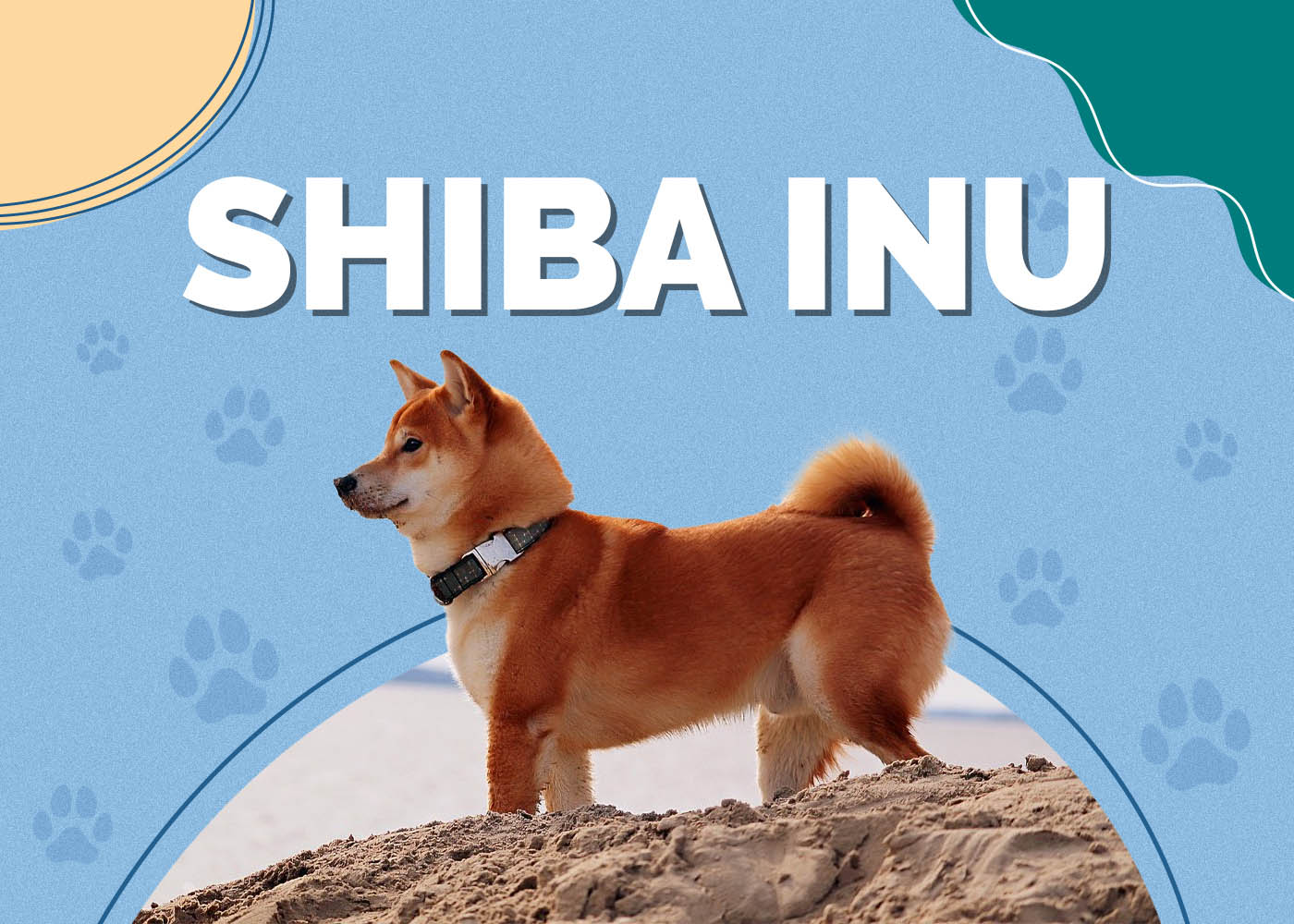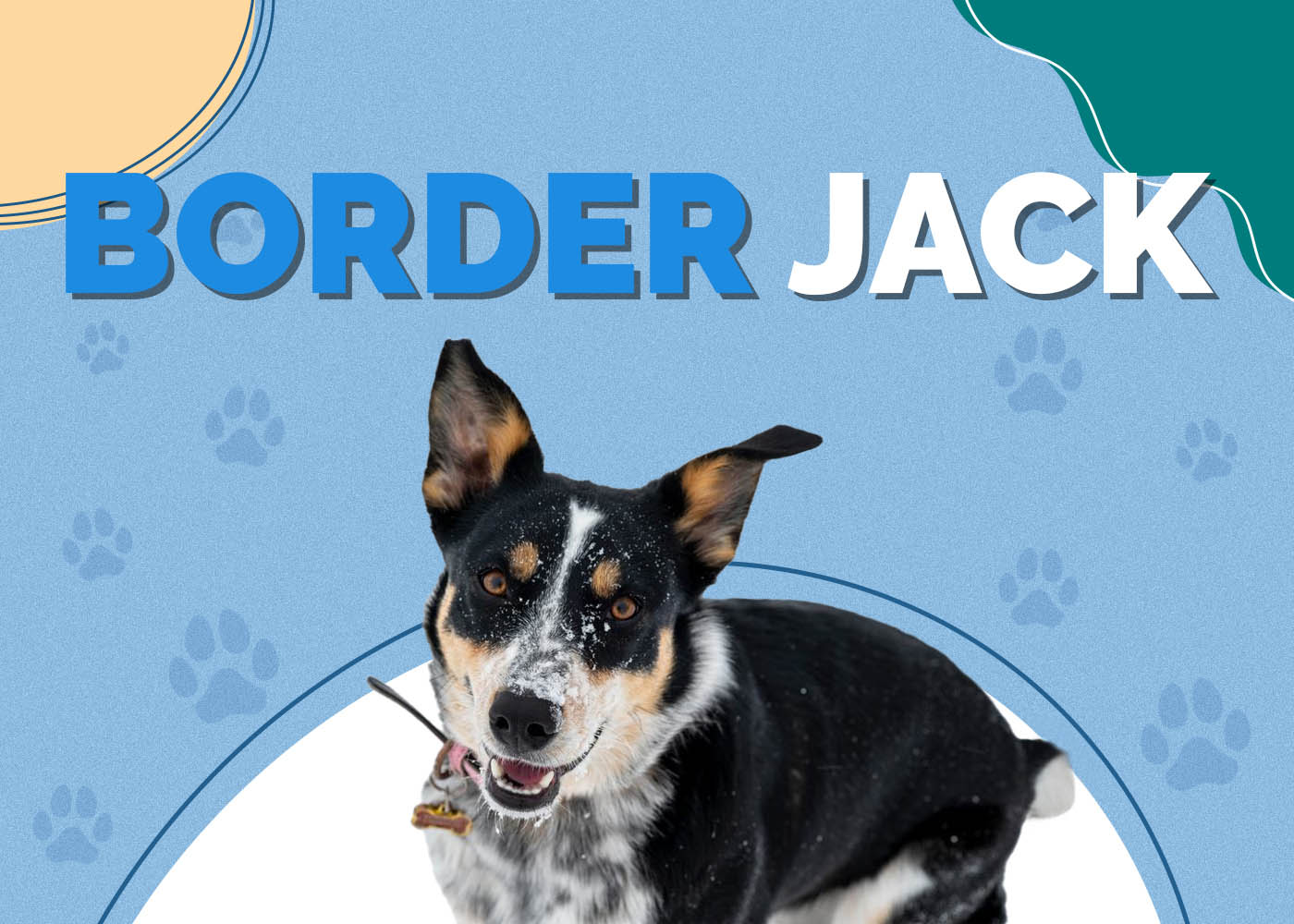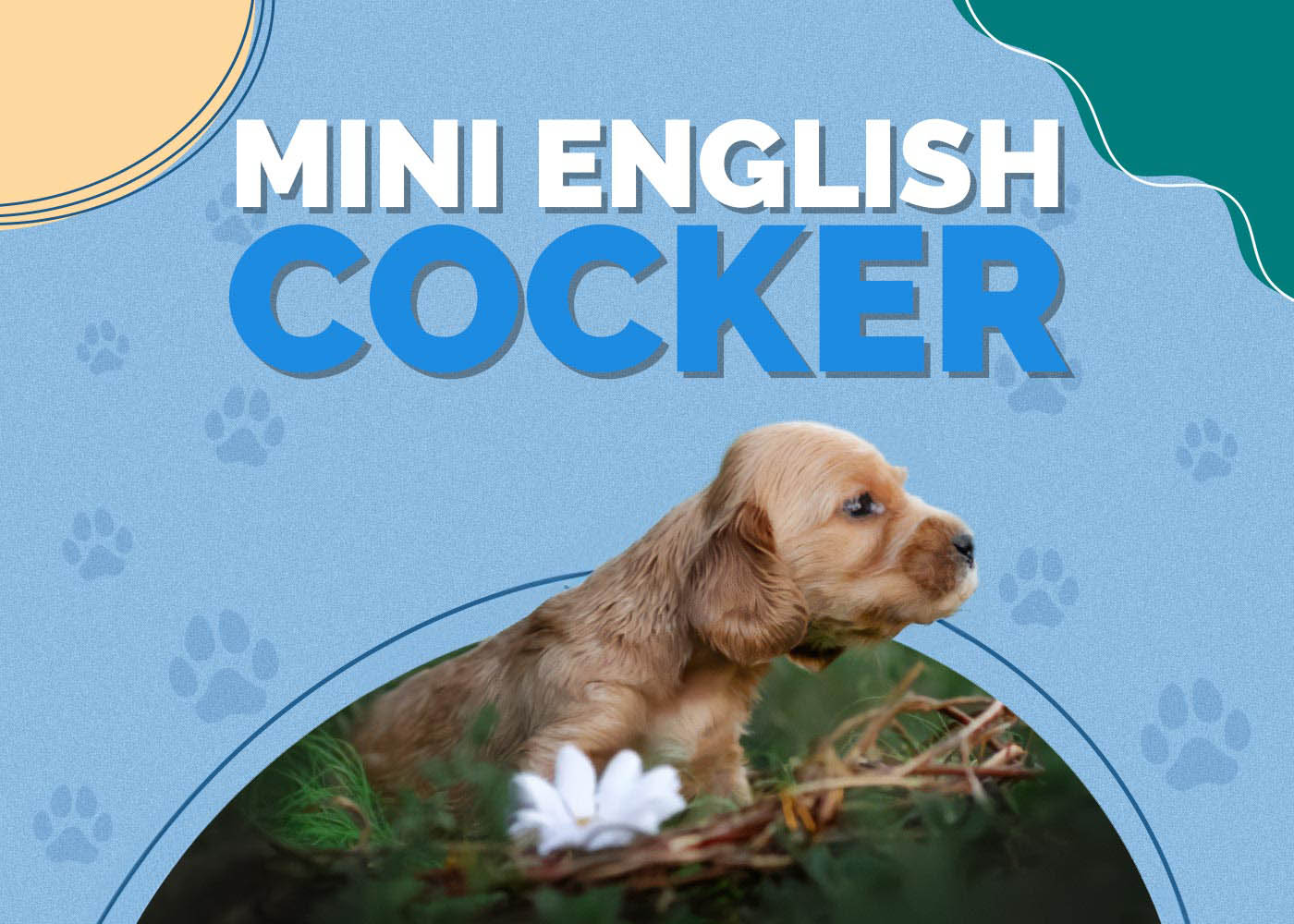Shiba Inu: Info, Pictures, Characteristics & Facts

Updated on

Height:
13-17 inches
Weight:
17-25 pounds
Lifespan:
12-15 years
Colors:
Red, white, brown, black
Suitable for:
Active families with a yard that’s hard to escape from, experienced dog owners
Temperament:
Spirited, Independent, Vocal, Bold, Stubborn, Confident, Headstrong
An ancient breed hailing from Japan, the Shiba Inu is the smallest and likely oldest of six breeds natural to the island. These are smaller dogs, topping out at 17 inches in height and 25 pounds, but from their temperament, they probably don’t realize it.
Few breeds are as self-assured as the Shiba Inu. They’re stubborn and headstrong, displaying lots of dominant behaviors. They’re also strong dogs with plenty of fortitude, able to withstand the harsh, rugged mountains of Japan.
A breed that gets bored very easily, the Shiba Inu can quickly turn to destructive behaviors when not engaged physically and mentally. But their smaller size makes them great city dogs, and their adorable appearance has helped to make them the most popular companion dog in Japan.
Extremely sure-footed when climbing rocky and mountainous terrain, the Shiba Inu is a physically adept dog with plenty of energy. As puppies, they need daily activity of about an hour. Once they get older and calm down a bit, a few sessions each week will suffice.
Thanks to their red coat and compact stature, it’s easy to mistake these elegant pooches for foxes.
Shiba Inu Puppies

The Shiba Inu has an almost cult-like following. Lovers of this dog tend to stick only to this breed. Their fast-growing popularity has exploded their price in the last decade, but that’s not the only reason. Breeders who work with the Shiba Inu generally care greatly for their pups, and dogs from better breeders just tend to cost more. Still, you should take great care to do your research on a specific breeder before purchasing a puppy from them.
Despite their immense popularity, you can still sometimes find Shiba Inus that are available for adoption. This can be a great way to not only save yourself some money but to also home a dog in need, hopefully becoming its forever family.
3 Little-Known Facts About the Shiba Inu
1. The Breed Was Nearly Lost After WWII
WWII saw a lot of destruction on the island of Japan. Many dogs were killed in the bombing. But many more died in the aftermath.
Dogs that survived the initial bombings often died from disease and starvation shortly after. Unfortunately, some people were forced to make life or death decisions regarding their animals, which also impacted the breed.
When all was said and done, the breed was almost entirely eradicated.
Then, three different types of Shibas were interbred to save the dying breed. Shibas from the mountains with heavy bones were mixed with other Shibas from different regions. This saved the breed, bringing them back from the brink of extinction.
2. They Were Used as Early as 300 B.C. For Hunting
The Shiba Inu is one of the most ancient of all Japanese dog breeds. If you assumed these dogs are great hunters because of their fox-like appearance, you’d be correct.
Even though they’re small in stature, these dogs were sometimes used to hunt big game in ancient Japan. Evidence shows that they were used as far back as 300 B.C. Originally used to hunt rabbits, foxes, and birds, they were soon accompanying samurai as hunting dogs when taking down wild boar and deer.
3. They Are Accomplished Escape Artists
Shiba Inus get bored easily. They also love to wander and explore. Combine that with their intelligence and you’ve got one heck of an escape artist.
If you leave a door open around a Shiba Inu, expect them to make a run for it! You’ll need to be extremely careful with these dogs to never give them a chance to get loose. Check the backyard repeatedly and see if they’re discovering or creating new ways to escape!

Temperament & Intelligence of the Shiba Inu 🧠
This breed is incredibly popular in Japan and Taiwan, but they’ve also become pretty commonplace in America. However, Westerners sometimes have difficulty with this breed because it doesn’t display the same characteristics as the dogs that most people in the west have grown accustomed to.
In the west, most dogs are loyal, loving family members who will lay with you and show nearly constant affection. But that’s not the Shiba Inu.
This breed is often described as more feline than canine. That’s because they’re very independent and not affectionate and loving like popular dogs in the west, such as Labrador Retrievers.
Your Shiba Inu is unlikely to cuddle you or look for lots of attention and affection. They’re more likely to stay outside, hunting birds and guarding the premises.
These are also incredibly vocal dogs known for something called the Shiba scream. It’s a high-pitched screaming noise they make when displeased. They’ll definitely use it to let you know when they’re unhappy!
- Related Read: Do Shiba Inus Like to Cuddle? Temperament & FAQs
Are These Dogs Good for Families? 🏡
If you’re looking for a good family dog, then you may consider looking elsewhere. Shiba Inus can be good family dogs, but they’re not great choices for that by nature. They’re very stubborn and headstrong with a high prey drive. This makes them hard to train, and unless they’re very well trained, they’re unlikely to listen to your commands.
Children will always need supervision around this dog. According to a study at the UCLA called CanMap, Shiba Inu genes are some of the closest to wolf genes that are left in the dog world. While that doesn’t exactly result in wolf-like behavior, it’s something to keep in mind if you’re going to have these dogs around small children.
Does This Breed Get Along with Other Pets? 🐶 😽
Because of their high prey drive and genetic closeness to wolves, Shiba Inus are not the best with other pets, particularly smaller ones. If socialized early and often, it’s possible to train a Shiba Inu to at least tolerate your other pets. That said, if you have several other pets and are looking for a new member of the family, a Shiba Inu is probably not your best bet.
Things to Know When Owning a Shiba Inu:
Food & Diet Requirements 🦴
These are small dogs, and as such, won’t require too much food. About two cups of a reputable dry dog food each day should suffice.
Choose a high-quality small dog food formula and your Shiba Inu should do well.

Exercise 🐕
For a small dog, the Shiba Inu needs quite a bit of exercise. As a pup, you’ll need to devote at least 30-60 minutes to physical activity each day.
Once your Shiba Inu gets a bit older, they’ll probably only need a few sessions of structured physical activity each week.
Training 🦮
Training a Shiba Inu can be a difficult task and a real test of your patience. These are very headstrong and stubborn dogs. If they don’t want to learn something, they will fight you the whole way.
This is best attempted by an experienced trainer. Newbies will have a very difficult time training a Shiba Inu as their first trained canine.
Grooming ✂️
Shiba Inus are double-coated dogs. They have a straight outer coat with a thick, soft undercoat. You’ll need to brush them with a slicker brush once a week to get rid of the dead hair.
These dogs shed year-round, but twice a year, the shedding gets heavy for several weeks. Don’t be surprised if your Shiba Inu’s coat looks patchy and your floor is covered in piles of dog hair; this is normal. But if you start to notice bald patches, it’s time to take a trip to the vet.
- Related Read: Best Dog Shampoos – Reviews & Top Picks

Health Conditions ❤️
Overall, Shiba Inus are considered to be healthy, hardy dogs. But there are still a few health conditions that you’ll want to keep an eye out for if you purchase one of these adorable pups.
Patellar luxation is one of the most commonly seen orthopedic conditions in dogs. You may be surprised to find out that it affects 7% of puppies!
Patellar luxation is when the kneecap is incorrectly positioned, riding outside of the femoral groove when flexing the knee. This can result in discomfort, pain, and even loss of function. It’s also one of the most common causes of lameness in dogs.
A less serious, but quite common issue is cataracts. When your dog’s eye starts to become opaque or cloudy, it could be a cataract. These can cause blurry vision when minor, but if left to worsen, cataracts can lead to blindness.
This condition is primarily passed down through genetics, which is why it affects the Shiba Inu. Luckily, it can be treated and managed. If you see cloudiness in your dog’s eye, take them to the vet immediately to determine whether it’s a cataract or something else.
Atopy is an allergic reaction called atopic dermatitis. It results in very itchy skin, particularly on the ears, paws, belly, and armpits. Dogs with atopy will scratch, bite, and lick at the affected areas constantly.
Without treatment, this can be detrimental to your dog’s quality of life. But with proper treatment, it’s a minor condition.
- Cataracts
- Atopy
- Patellar luxation
Male vs Female
As with many breeds of dog, the male Shiba Inus tend to be a bit taller and heavier than the females. But the biggest differences exist between their temperaments.
Females tend to distrust strangers and are generally more cautious. Males, on the other hand, are more friendly and more interested in people, as long as they were properly trained and socialized.
However, males can also display a lot of dominance and aggression, particularly if they weren’t properly trained as a pup.

Conclusion
A wildly popular breed in Japan that fought its way back from the brink of extinction after WWII, the Shiba Inu is a unique dog with an interesting history. They’re genetically very close to wolves, even if they don’t display the same temperament and traits.
Adorable as they come, with a fox-like appearance and smiling face, this breed is iconic and has even made its way onto one of the most popular memes of the last decade.
But training one of these dogs can be quite difficult due to their stubborn and headstrong nature. Still, they’re excellent companions, if you don’t mind an independent dog who won’t give you constant affection.
See also:
- Mini (Mame) Shiba Inu: Pictures, Care Guide, Temperament & Traits
- Hokkaido: Info, Pictures, Characteristics & Facts
- How to Potty Train Your Shiba Inu: 7 Vet-Approved Steps
Featured image credit: zimt2003, Pixabay












